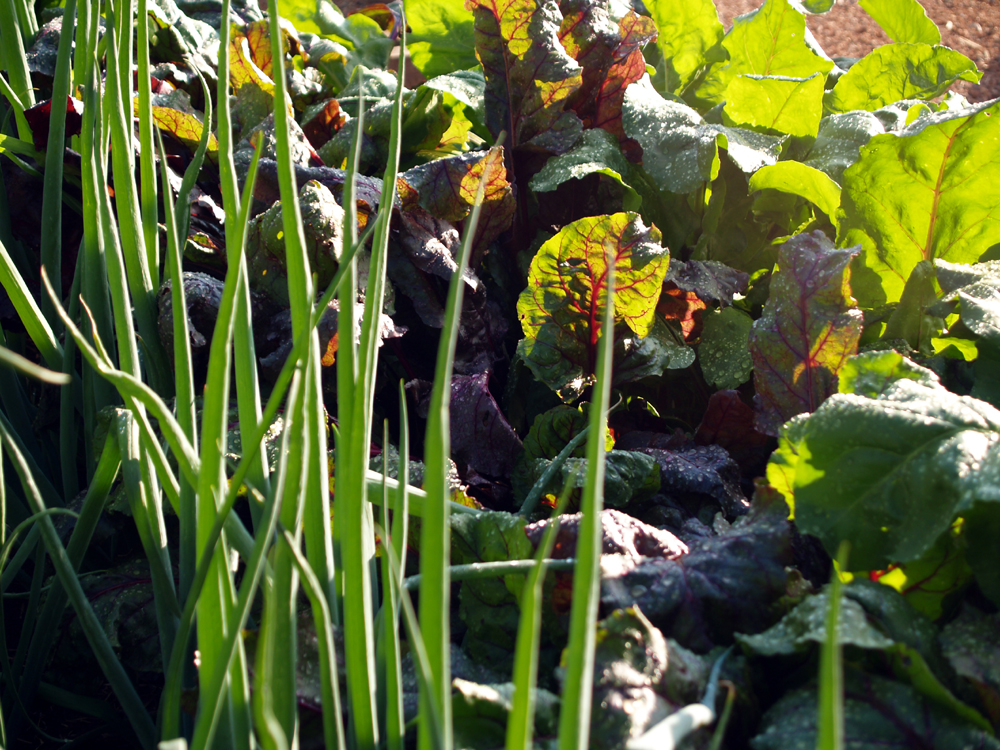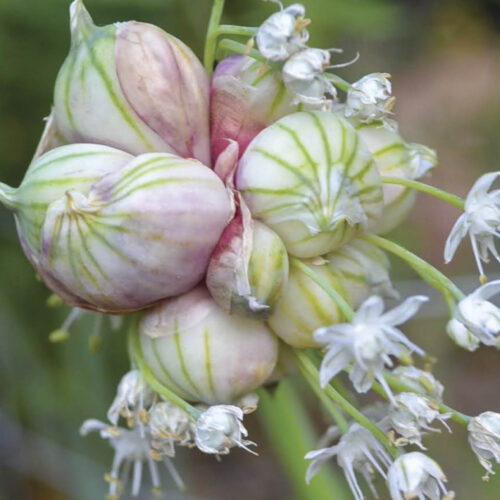Why spring onions are undervalued
2012-02-10T01:56:34+11:00
One of the best plants in the vegie patch is one of the least valued. JUSTIN RUSSELL makes the case for growing a year round supply of spring onions.
Spring onions might not be as glamorous as tomatoes, as nutritious as potatoes or as productive as climbing beans, but they can lay claim to being one of the few essential plants in my vegie garden. In fact, spring onions are the only plants I can think of, besides herbs, that earn a place in the patch all year round. They grow as well in summer as in winter, do well in almost every climate, and their versatility in the kitchen means that they’re just delicious in a Christmas salad as they are in a warming July broth.
And if I haven’t made a strong enough case for them already, nothing is as easy to grow. Simply purchase some seedlings, pop the little onions out of their cells, then carefully tease apart the roots so that the plants can be grown as individuals. The soil doesn’t have to be overly rich for spring onions, though some compost will help move the seedlings along and like other members of the allium family, a slightly alkaline soil is relished. The easiest way to plant is simply to dig a long shallow trench. Lay the onions in the trench, spacing them about 10cm apart, then cover the roots with soil. Water in well, then keep the soil just moist until the plants are standing bolt upright.
Because they’re planted reasonably close together, weeds can be a real problem. The simplest way to keep them at bay, and feed your soil as part of the deal, is to mulch around the onions with fine sugarcane to a depth of about 10cm. Keep it piled against the plants. This will exclude light from the low part of the stems, creating lovely white shanks. You can do the same with soil.
Don’t overlook the ability of spring onions to help repel pests from the garden. I like to plant a row or two between carrots to help deter carrot fly, and you’ll get the same effect on whitefly when you plant spring onions around the base of tomato plants. The only plants you shouldn’t associate with onions is beans and peas.
Late summer is an excellent time to sow spring onion seed directly into the garden, grab yourself a few packets of heirloom varieties such ‘Welsh’, ‘Evergreen Bunching’ or ‘Red Legs’, which forms slender crimson bulbs. If you’re confused about the difference between spring onions and shallots, true shallots (or French shallots) are bulbs that can be dug up and eaten, with any excess replanted each year like garlic. Spring onions don’t form true bulbs, and are eaten stem and all. They’re also a lot easier to grow, so why not pop in a row or two this weekend. They’ll be ready for harvest just in time for the cooler weather.






